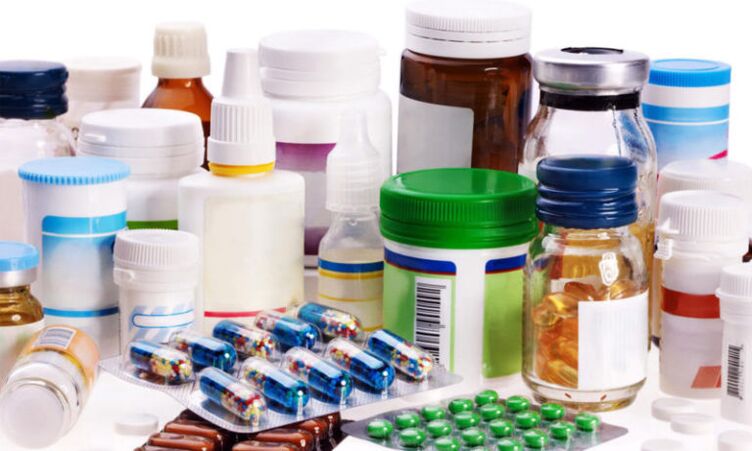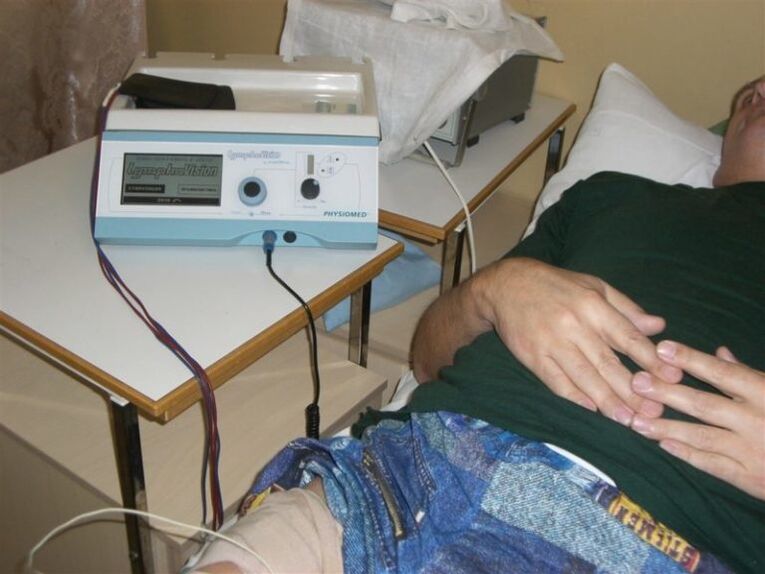
It is not enough to think about how to cure prostatitis in a man, you still have to approach this issue competently. A combination of traditional and traditional therapy will be effective. Initially, you should undergo a thorough examination, and only then seek an approach to competent treatment. Below you will discover how to heal the prostate.
Symptoms of Prostatitis
To start treatment on time, you need to know how the disease manifests in the initial stage. First symptoms of prostatitis:
- soreness in the perineal region;
- difficulty urinating;
- reduces sexual desire.
If the disease has progressed to a chronic stage, then these symptoms are less pronounced and bother you periodically. The chronic form of prostatitis is characterized by periods of exacerbation.
How to treat chronic prostatitis with medication
Many people are wondering if it is possible to get rid of chronic prostatitis. It should be said immediately that yes, but on one condition: you can not treat yourself. First of all, the doctor must find the right medication.
Prostatitis can take many different forms of course, the choice of medication will depend on this.
If the disease has an abacterial course, antibiotics will not help here. An exception is test treatment, in which an antibacterial agent is selected in order to confirm or rule out the infectious nature of prostatitis. Of course, a body examination is performed first, only then will it be possible to take therapeutic measures.
Antibacterial drug therapy
Antibiotics are the first choice for prostate inflammation. They are able to have the following effect on the inflamed area:
- In a short time, antibiotics localize the infectious process. By eliminating the main cause of the disease, the inflammation in the prostate is quickly removed.
- Antibiotics are prescribed when indicated.

In addition to antibiotic therapy, additional treatment will be required:
- prostate massage;
- medical gymnastics;
- physiotherapy;
- immunostimulatory drugs;
- pain relievers.
The course of treatment of chronic prostatitis is long and is carried out only under the supervision of a doctor. If a patient has a parenchymal or follicular type of prostatitis, it will be necessary to take medication in high doses, only then will a therapeutic effect be achieved.
Antibacterial drugs are divided into broad-spectrum drugs and fluoroquinolone drugs.
How are antibiotics used? If the tests showed a certain type of bacteria, then the necessary antibiotic is selected according to these indicators. So depending on the type of microorganism, some medications may be appropriate:
When ureaplasma, mycoplasma and chlamydia are detected, antibiotics from a number of macrolides, tetracycline and fluoroquinolones will be effective.What medications are most often prescribed? Fluoroquinolones. These are the strongest antibiotics and are most commonly prescribed for prostate tuberculosis. They also have side effects. In the first place is the neurotoxicity of the drug, which affects the brain, in the second - phototoxicity, which reduces the ability of cells to be exposed to ultraviolet radiation.
The fluoroquinolone group includes the following drugs:- ciprofloxacin;
- levofloxacin;
- ofloxacin.
Since all of these drugs have some side effects, they are not prescribed for the following diseases and conditions:
- diabetes mellitus;
- intolerance to one or more ingredients;
- medicine;
- epilepsy;
- age under 18 years.
Macrolides are the latest generation of antibiotics. They have a wide spectrum of action and are not as toxic as other antimicrobial agents. But with prostatitis, they are not described so often. Azithromycin is commonly used.
How to treat, what types of antibacterial drugs, only the attending physician will answer. The drug will be selected based on laboratory tests.
The action of non-steroidal anti-inflammatory drugs
These drugs are used for chronic congestive prostatitis. Their action is as follows:
- improve blood microcirculation in the pelvic organs;
- normalize secretion flow;
- reduce inflammation;
- have a beneficial effect on the urination process;
- help increase potency and improve the overall condition of men.
Nonsteroidal anti-inflammatory drugs are used only as directed by a physician.
Physiotherapy
The course of physiotherapy is chosen individually in combination with the treatment of medication. Physiotherapy equipment may include the following procedures:
- Galvanized. Prostatitis is treated with direct current.
- Electrophoresis as a variant of galvanizing with the use of medicines.
- Ultrasound. A rectal emitter is used.
- Magnetotherapy. It is prescribed for many, as there are no contraindications.
Physiotherapy methods are compatible with all medicines. For the most part, these methods bring no side effects, except in cases of individual intolerance.

How to treat prostatitis with massage? This method also belongs to physiotherapy. The task of massage is the removal of stagnant secretions from the body. In addition, prostate stimulation improves blood circulation to the area.
All operations are performed through the anus. The massage is performed through the wall of the rectum. In this case, the doctor monitors the secretion of secretions. If fluid does not appear, then this indicates complications of the disease.
To achieve a therapeutic effect, you will need an average of 10 massage sessions. You can massage yourself, but you must first learn this, as spontaneous actions can damage and cause damage to the rectum.
Physical activity is also important during illness. Therefore, the doctor develops a number of exercises that will help to get rid of prostatitis in a complex. The action of improving gymnastics aims to improve the blood supply to the organ, as well as the normalization of metabolic processes.
Analgesic therapy
Treatment of prostatitis is not limited to antibiotics, drugs and actions that improve microcirculation and NSAIDs. During illness, it is very important to deal with the pain that occurs. In this case, the doctor prescribes oral analgesics. In addition, they struggle with the depressive states of men.
Their action is intended to temporarily reduce pain and improve glandular tone. The tablets are prescribed by the urologist based on the symptoms that have appeared and the individual parameters of the patient. Allergic background and the presence of concomitant diseases in the patient are taken into account.
Traditional methods of treatment
Traditional methods will be effective in initiating the disease. Therefore, try to start treating the disease at the first sign of illness.
The benefits and benefits of home treatments are as follows:

- Only natural ingredients are used that are not capable of harming the body.
- Medications are not addictive, such as some pharmacological agents.
- From the products available, you can prepare a medicine in a short time, in addition, it will not cost that much.
If we talk about phytotherapy, then here are used medicinal plants, fruits, berries, roots. Most often, they are intended to relieve inflammation in the prostate gland. The most popular recipes include the following:
- Apply pumpkin seeds.They contain zinc, which is necessary for the normal functioning of the male body. 500 g of seeds (only not fried) should be ground into a powder. After that, mix the pumpkin seeds with 200 g of honey and form into small balls the size of a hazelnut. Eat such a ball, chewing it well, 2 times a day before meals. Store the rest in the refrigerator. You can simply eat 30 pumpkin seeds daily before meals, this treatment will also improve.
- Hazel.Either the bark or leaves of the plant can be used. It is worth remembering that the bark takes 2 times as long to create. Boil 50 g of leaves in 400 g of boiling water and let stand for half an hour. When creating the peel, hold the infusion for 1 hour. Take the resulting product 4 times a day, 150 ml.
To get rid of prostatitis once and for all, you need to follow a lot of rules for a long time. First, drug therapy is needed, which must be combined with dietary food and an active lifestyle. Second, physiotherapy is used, which includes hardware techniques, prostate massage, and physiotherapy exercises. An important role is played by symptomatic treatment, therapy of concomitant diseases, as well as psychotherapy. All of these actions should ultimately lead to positive results.































